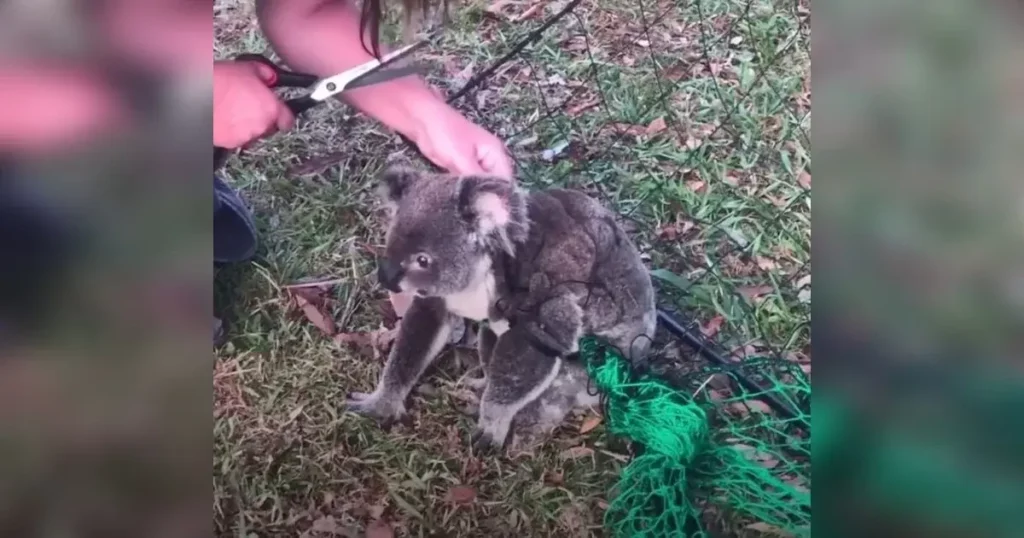
In a surprising twist of events, the Taizhou Zoo in Jiangsu Province, China, has found itself at the center of a heated controversy. The zoo recently unveiled an attraction that featured dogs dyed black and white to resemble pandas, sparking a wave of criticism and a broader discussion on animal welfare and ethics in zoos.
Unconventional Attraction Draws Crowds and Criticism
The Taizhou Zoo, lacking real pandas, decided to use Chow Chow dogs, a breed native to northern China, as stand-ins. These dogs were presented to the public with their fur dyed to mimic the distinctive black-and-white pattern of pandas. The unveiling, held on May 1, attracted large crowds, indicating the public’s enduring fascination with anything resembling the beloved panda bear.
However, the decision to alter the dogs’ appearance has not been without its detractors. Critics argue that dyeing the dogs’ fur is unethical and could be considered a form of animal cruelty. Despite this, the zoo defended its actions, with a spokesperson comparing the dyeing of dog fur to people coloring their hair, emphasizing that only natural dyes were used.
Visitor Reactions and Zoo’s Defense
Visitors are reportedly still flocking to the zoo, intrigued by the novelty of the panda-like dogs. The zoo’s spokesperson highlighted the use of natural dyes suitable for long-furred dogs, assuring the public of the safety of the process. The exhibit remains open from 8:30 AM to 5:00 PM, drawing significant interest despite the controversy.

Online Responses
The online community has reacted variably to Taizhou Zoo’s creative approach. Some find the Chow Chows adorable and innovative in their panda guise, while others express concern and disapproval of the zoo’s methods. One social media user humorously commented on the practicality of the idea, joking about using the service to care for dogs while at work. However, another sternly criticized the practice as cruel.
Expert Input on Safety
In response to safety concerns, a local pet beautician reassured that natural dyes are generally safe for pets, provided that no harsh chemicals are involved. This statement aims to mitigate fears about potential harm to the dogs’ health from the dyeing process.

Ethical Considerations and Future Implications
The incident at Taizhou Zoo raises important questions about the ethical treatment of animals in captivity. While the desire to attract visitors can tempt facilities to employ unusual methods, the welfare of animals should always be a priority. This event may prompt zoos worldwide to reconsider their attractions and ensure that they maintain ethical standards in their practices.
The Taizhou Zoo’s use of dyed Chow Chow dogs as panda substitutes is a testament to the complexities and challenges facing modern zoological parks. It underscores the need for a balanced approach that considers both animal welfare and public amusement. As the debate continues, it will be essential for zoo authorities and animal rights organizations to work together to develop guidelines that prioritize the well-being of animals while satisfying educational and recreational objectives for visitors.
This case serves as a reminder of the responsibilities zoos hold and the careful considerations they must undertake in their mission to educate and entertain.

























































































































